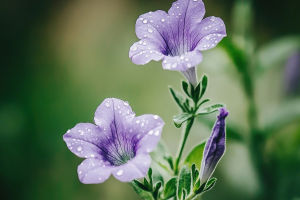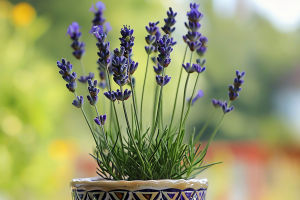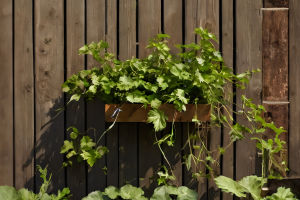Hello Lykkers! Have you ever stopped in your tracks just to admire a blooming tulip, a vibrant coleus, or the gentle swirls of a fern?
If so, you've already experienced the magic of ornamental plants. Unlike those grown for food or medicine, ornamentals are cultivated purely to bring joy—through color, shape, scent, or simply the way they brighten a space.
In this guide, we're digging into the roots of what makes a plant ornamental—from striking flowers and foliage to their role in landscape design. So get ready to look at your garden (or living room) in a whole new light.
The Beauty Factors of Ornamentals
Let's start with the visual charm that catches your eye every time.
Color, Form, and Texture
When you think of ornamental plants, you probably picture vibrant petals, lush leaves, or sculptural branches. That's no accident. Ornamentals are chosen for their aesthetic traits—think deep reds of a Japanese maple, ruffled edges of a begonia leaf, or the feathery softness of a pampas grass plume.
If you're planning your own display, look at how different plants contrast or complement each other. Maybe pair spiky lavender with soft-leaved lamb's ear. By mixing textures and shapes, you guide the viewer's gaze and create a layered experience that feels rich and full.
Scent and Seasonal Appeal
Some plants earn their ornamental status not just by how they look, but by how they smell. Fragrant varieties like gardenia, jasmine, and lilac turn gardens into sensory retreats. If you enjoy walking past a bloom and catching a light, pleasant scent, you'll understand the power of fragrance in plant appeal.
Also, some ornamentals change considerably with the seasons. A cherry tree bursts into spring with pink blossoms, goes leafy in summer, turns gold in autumn, and shows off elegant bark in winter. So as you explore plants for display, consider how they evolve over time—not just what they do in full bloom.
Function and Emotion in Ornamental Use
Looks aside, ornamentals play deeper roles in how we experience space and feeling.
Creating Mood and Atmosphere
Ornamentals can shape the energy of a space without saying a word. Want to evoke calm? Place a cluster of lavender near your porch or arrange peace lilies indoors. Looking for bold drama? Go with towering sunflowers or tropical monstera.
As you arrange your own plant space, let it reflect your mood or the mood you want to set. Plants can create softness in corners, divide areas gently, or highlight favorite spots. Just by being present, they change the way a space feels.
Symbolism, Culture, and Personal Meaning
Many ornamental plants also hold cultural or emotional weight. A marigold might signal celebration, and a rose might express love. People gift plants at milestones or keep a certain flower because it reminds them of someone special.
As a Lykkers reader, think of how your chosen plants speak your story. Maybe your ficus traveled with you across three apartments, or maybe your cactus blooms right around your birthday each year. Ornamentals are more than pretty—they’re personal.
So, Lykkers, what makes a plant "ornamental"? It's not just a matter of color or shape, though those help. It's how a plant makes you feel, how it enhances a space, and how it connects to your memories and moments. From bold textures to soft scents, from mood-setting power to symbolic depth, ornamentals add heart and harmony to our surroundings.
The next time you water your peace lily or admire a vibrant balcony bloom, remember: you're not just caring for a plant—you're curating an experience. Let your garden or green corner be a reflection of joy, calm, and the quiet magic only plants can bring.


